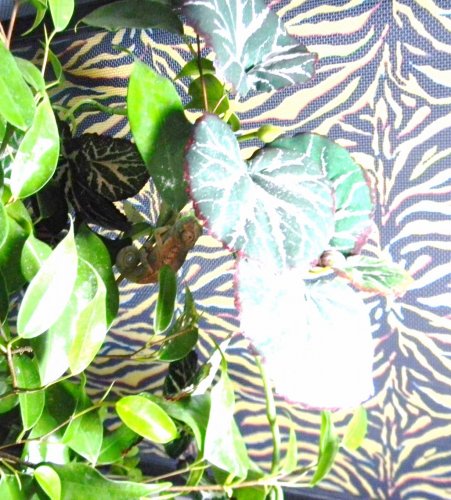MarcuslovesSusan
New Member
So, we are a couple, hence the name lol & we are also new parents to a slightly different type of child; a hopefully soon-to-be, colorful, baby blue ambilobe panther chameleon 
He (we think ha) is about 3 months old, and we are quite original naming him... SOBE haha
HE is soooo cute, like everyone thinks their kid is, right? lol but really...
!!We are turning into Chameleon nerds!!
haha
0.0
I was wondering if any of you have any tips as far as raising him; tricks that you may have learned with experience?? We've read a lot on the basics, but things you may be able to teach us outside the box ha are definitely appreciated!
He (we think ha) is about 3 months old, and we are quite original naming him... SOBE haha
HE is soooo cute, like everyone thinks their kid is, right? lol but really...
!!We are turning into Chameleon nerds!!
haha
0.0
I was wondering if any of you have any tips as far as raising him; tricks that you may have learned with experience?? We've read a lot on the basics, but things you may be able to teach us outside the box ha are definitely appreciated!



